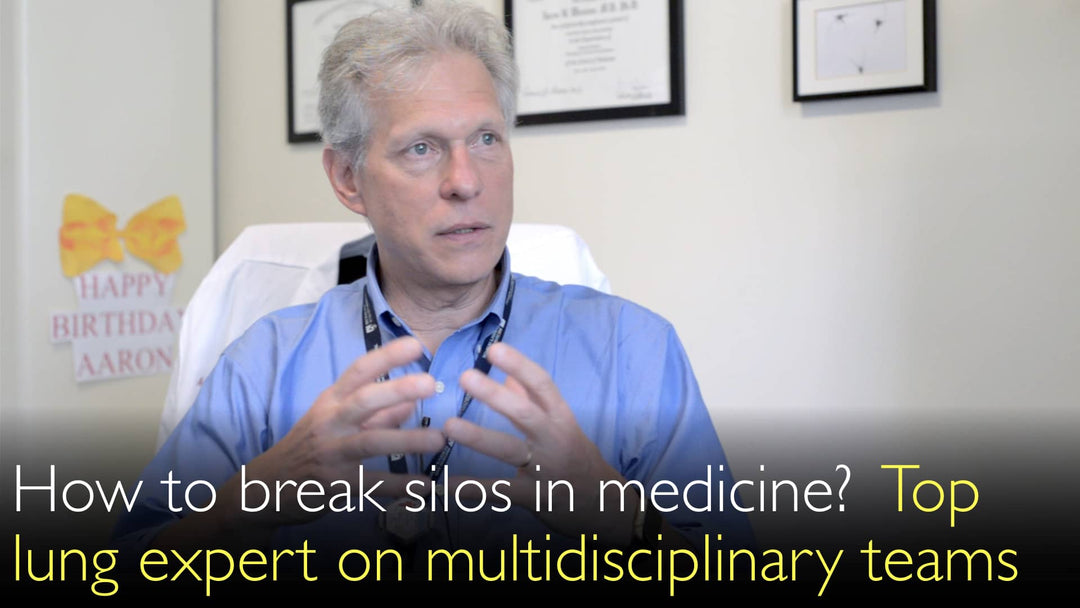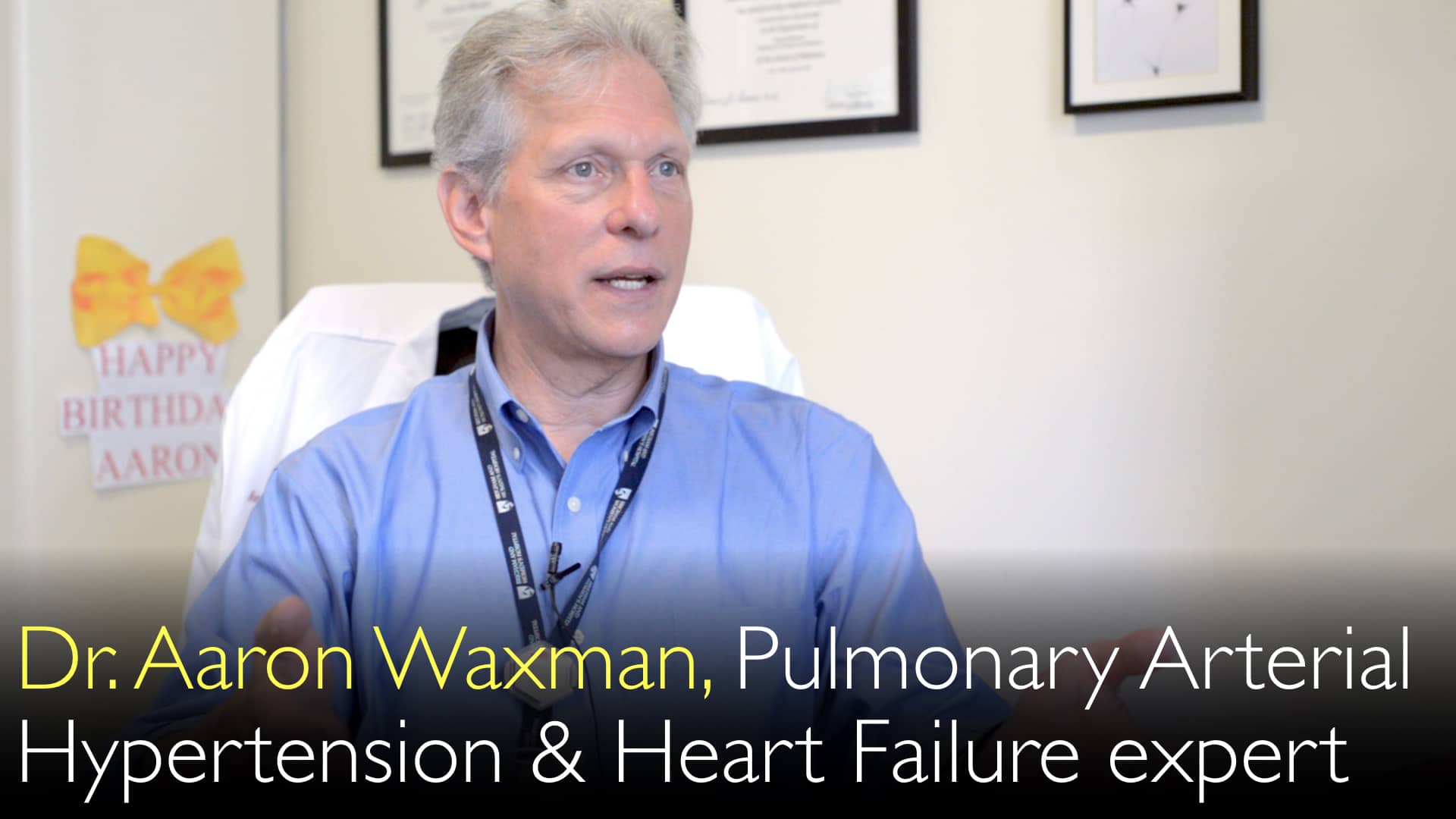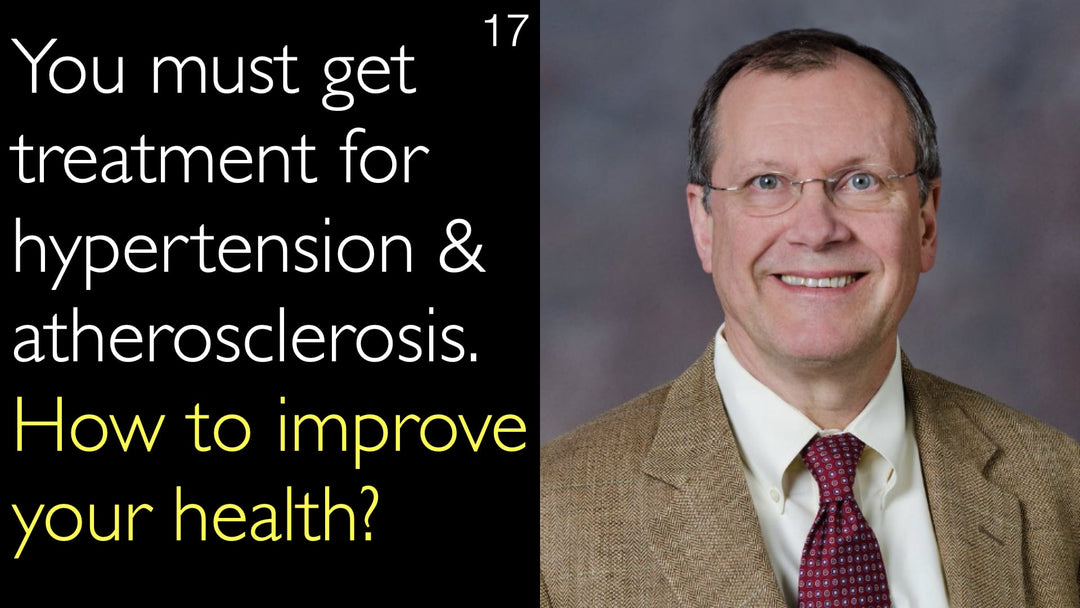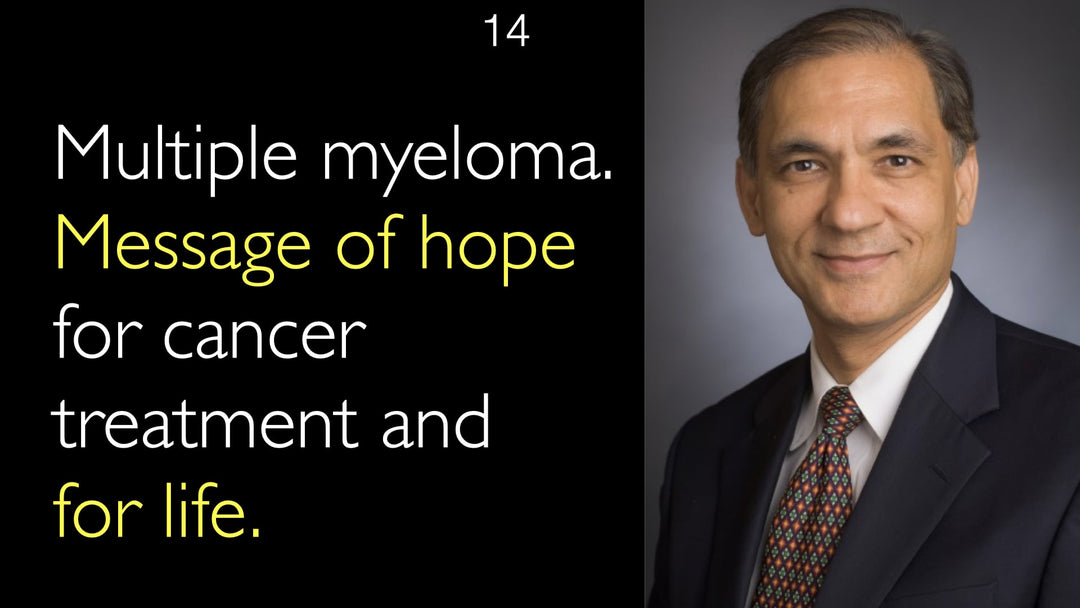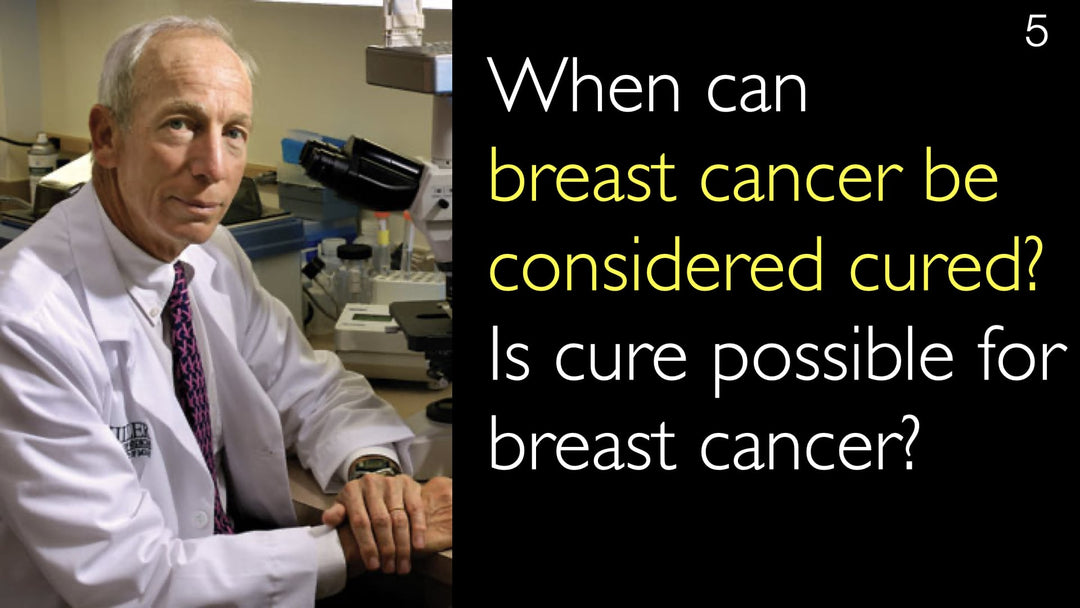폐동맥고혈압 및 심부전 분야의 선도적 전문가인 Aaron Waxman 박사(MD)는 정확한 진단과 최적의 치료를 위해서는 의료 분야 간 장벽을 허물어야 한다고 말합니다. 그는 폐고혈압과 같은 복잡한 질환에 대해 다학제적 팀 접근의 중요성을 강조하며, 협력을 통해 개발된 혁신적인 경피적 Potts 단락술 시술을 소개합니다. Waxman 박사는 환자들이 열린 사고와 창의성을 갖춘 의료 센터를 찾아 최상의 치료를 받을 것을 권고합니다.
폐고혈압 및 심부전 진단과 치료를 위한 다학제적 접근
항목 바로가기
더 나은 치료를 위한 의료 분야 간 장벽 극복
Aaron Waxman 박사(MD)는 "분야 간 장벽 접근법(silo approach)"이 현대 의학의 혁신을 가로막는 주요 장애물이라고 지적합니다. 그는 이를 전문의들이 고립적으로 작업하는 좁고 관형적인 시각으로 설명합니다. 이러한 분절된 시스템은 복잡한 질환을 해결하는 데 필요한 협력적 사고를 방해할 수 있습니다. Waxman 박사는 이러한 장벽을 넘어서는 것이 편향되지 않고 정확한 진단을 달성하는 데 근본적으로 중요하다고 주장합니다.
다학제적 센터 모델
의료 분야 간 장벽에 대한 해결책은 다학제적 의료 센터를 만드는 것입니다. Aaron Waxman 박사(MD)는 다양한 전문가 팀을 한데 모은 폐성심질환 센터 개발을 도왔습니다. 이 팀에는 중재적 심장병 전문의, 폐질환 전문의, 중환자 치료 전문의, 흉부 외과의가 포함됩니다. 이러한 전문가들 간의 협력을 촉진함으로써 센터는 폐동맥고혈압과 같은 질환의 치료에 대한 새로운 접근법을 장려합니다.
혁신적인 경피적 팟츠 단락술
이 협력 모델의 직접적인 결과는 경피적 팟츠 단락술 절차의 개발이었습니다. Aaron Waxman 박사(MD)는 이 혁신적 치료법이 다른 모든 선택지를 다 써버린 진행성 폐동맥고혈압 환자를 위해 설계되었다고 설명합니다. 이 절차는 대동맥에서 왼쪽 폐동맥으로 다리를 만들고 스텐트를 삽입하여 "방출 밸브" 역할을 하게 합니다. 동료들과 함께 개발된 이 기술은 상체 산소 공급을 유지하면서 폐 이식으로 가는 다리를 제공합니다.
환자 관점에서 본 분야 간 장벽
Aaron Waxman 박사(MD)는 의료 분야 간 장벽이 어떻게 환자 치료 경로에 직접 영향을 미치는지 강조합니다. 그는 의료 구조가 종종 환자를 단일 기관 내의 고정된 의뢰 패턴으로 안내한다고 지적합니다. 희귀하거나 어려운 질환을 가진 환자에게 이는 최적의 경로가 아닐 수 있습니다. Aaron Waxman 박사(MD)는 환자가 치료가 불가능한 경우에도 삶의 질을 향상시키기 위해 틀에 얽매이지 않고 사고할 수 있는 다학제적 팀의 평가를 받아야 한다고 강조합니다.
정확한 진단의 중요성
궁극적으로 다학제적 치료의 목표는 정확하고 완전한 진단을 얻는 것입니다. Waxman 박사는 인터넷의 힘을 받은 환자들이 점점 더 자신의 옹호자가 되어 전 세계의 전문 센터를 찾고 있다고 관찰합니다. 그는 환자들이 종종 답을 얻기 위해 그의 호흡곤란 프로그램을 위해 먼 거리를 여행한다고 말합니다. Anton Titov 박사(MD)도 동의하며, 치료가 완전한 치유를 제공할 수 없을 때에도 명확함을 제공하는 올바른 진단을 받는 것이 환자에게 최우선이라고 결론지습니다.
전체 대화록
Anton Titov 박사(MD): 의학에서 분야 간 장벽을 어떻게 극복할까요? 선도적인 폐 전문가. 정밀의학 시대에 모든 환자는 최고의 전문가들로 구성된 다학제적 팀에 의해 평가되어야 합니다. 이것이 각 환자에게 편향되지 않고 정확하며 정밀한 진단과 최상의 치료를 보장하는 유일한 방법입니다. 선도적인 중환자 치료 및 심부전 전문가가 설명합니다.
Anton Titov 박사(MD): 논의하고 싶은 다른 내용이 있으신가요?
Anton Titov 박사(MD): 더 자세히 다루고 싶은 주제가 있으신가요?
Aaron Waxman 박사(MD): 제가 의학에서 관찰한 가장 큰 문제는 이것입니다. 우리는 이전에 그 주제를 다뤘습니다. 그것은 오늘날 의학에 대한 전체적인 분야 간 장벽 접근법입니다. 좁고 관형적인 시각은 아마도 의학에서 혁신을 가로막는 가장 큰 제한 요소 중 하나일 것입니다.
Aaron Waxman 박사(MD): 여기의 훌륭한 점 중 하나는 다학제적 협력 접근법에 대한 감각입니다. 우리는 폐동맥고혈압과 심부전에 초점을 맞추고 있습니다. 우리는 이러한 다학제적 의료 센터들을 설립하고 있습니다.
Aaron Waxman 박사(MD): 저는 폐성심질환 센터 개발을 요청받았습니다. 개념은 우리가 외과의, 내과의, 영상의학과 전문의를 초빙하는 것입니다. 우리는 순수하게 폐질환 분야에 관심을 가진 모든 전문 분야와 협력합니다.
Aaron Waxman 박사(MD): 이것이 우리가 집중하고 있는 것입니다. 그것은 폐동맥고혈압입니다; 그것은 우심심부전입니다. 우리의 폐성심질환 센터 내에서, 우리는 관심 있는 당사자들의 하위 집단을 가지고 있습니다. 여기에는 중재적 심장병 전문의, 소아 심장병 전문의, 폐질환 전문의, 중환자 의학 치료 전문가, 폐혈관 질환 중심 의사, 그리고 외과의들입니다.
Aaron Waxman 박사(MD): 외과의들은 흉부 및 심장 질환 모두에 초점을 맞춥니다. 모든 사람은 어떤 시점에서 공통의 중첩점을 가집니다.
Anton Titov 박사(MD): 이 모든 전문가들을 한 방에 모으십니다. 폐성심질환에 대해 논의하기 시작합니다. 그러면 폐동맥고혈압과 심부전 치료에 대한 새로운 방법을 생각해 내게 됩니다.
Aaron Waxman 박사(MD): 그것에서 나온 한 치료 방법은 이것입니다. 우리는 경피적 팟츠 단락술을 수행하는 방법을 개발했습니다. 그것은 폐고혈압 치료에 사용됩니다.
Aaron Waxman 박사(MD): 우리는 진행성 폐동맥고혈압을 가진 여러 환자를 데려왔습니다. 이 환자들은 이미 모든 치료 선택지를 다 써버렸습니다. 이러한 말기 폐동맥고혈압 환자들에게는 할 수 있는 일이 거의 없었습니다. 우리는 폐 이식만 할 수 있었습니다.
Aaron Waxman 박사(MD): 하지만 폐고혈압에 대한 폐 이식은 복잡한 과정입니다. 우리는 Children's Hospital의 동료들과 협력했습니다. 우리는 이러한 환자를 도관실에 데려갈 수 있는 치료 방법을 개발했습니다. 우리는 경피적으로 대동맥에서 왼쪽 주폐동맥으로 다리를 만들 수 있었습니다.
Aaron Waxman 박사(MD): 우리는 그 혈관 다리에 걸쳐 스텐트를 배치합니다. 우리는 본질적으로 방출 밸브로 작동하는 가변 단락을 만듭니다. 이것은 심방중격절개술을 수행하지 않고 이루어졌습니다.
Aaron Waxman 박사(MD): 대동맥에서 왼쪽 주폐동맥으로 그것을 수행함으로써, 상체는 정상적인 산소 공급을 유지합니다. 반면 하체는 저산소 상태가 됩니다. 그 결과 분명히 신장이 작동하기 시작합니다. 환자의 신장이 더 많은 적혈구를 생성하기 시작하지만, 이것은 문제가 되지 않습니다.
Aaron Waxman 박사(MD): 그것은 우리가 이러한 환자들에게 계속 작업하고 이식받을 시간을 줄 수 있는 다리를 만들었다는 점에서 도움이 되었습니다. 그런 것들은 개선의 여지가 많이 있습니다. 그러나 이것은 의학에서 분야 간 장벽을 벗어나 사람들이 상호작용하고 자유롭게 사고하기 시작하면 스스로는 생각해내지 못할 방법을 생각해낼 수 있다는 예시입니다.
Aaron Waxman 박사(MD): 그러면 사람들이 스스로는 생각해내지 못할 방법을 생각해냅니다. 이것은 분명히 매우 중요합니다. 그러나 환자의 관점에서도 중요합니다.
Aaron Waxman 박사(MD): 분야 간 장벽의 또 다른 측면은 구조적으로도 아마도 중요한 것입니다. 의료가 설정된 방식, 적어도 오늘날에는, 분야 간 장벽을 제거하기가 매우 어렵습니다. 이것은 단일 의료 기관이나 병원 내의 분야 간 장벽입니다.
Aaron Waxman 박사(MD): 왜냐하면 환자가 병원에 걸어 들어오면, 그 병원은 "좋아요, 우리가 치료할게요; 우리가 당신에게 최고입니다"라고 말할 것이기 때문입니다. 종종 대형 병원은 의사 그룹 진료소를 인수합니다. 그들의 의뢰 패턴이 고정됩니다.
Aaron Waxman 박사(MD): 그것은 의사 사무실에 들어오는 모든 환자를 어떤 경로로 보내는데, 이것은 좋을 수 있지만 그 환자에게 최적의 경로가 아닐 수 있습니다. 환자로서, 당신은 다학제적 팀에 의해 평가받기를 원합니다.
Aaron Waxman 박사(MD): 저는 분명히 중병을 앓은 적이 없지만, 경미한 질병으로 입원한 적은 있습니다. 저는 틀에 얽매이지 않고 사고할 수 있는 곳을 원할 것입니다. 특히 만약 제가 희귀병이나 난치병을 앓고 있다면, 저는 그 사람의 삶의 질을 개선하기 위해 여기서 무엇을 더 할 수 있을지 생각하는 사람들을 원할 것입니다.
Anton Titov 박사(MD): 이것이 제 생존율을 극적으로 바꾸지는 못할지 모르지만, 적어도 의학적 문제를 개선할 것입니다.
Aaron Waxman 박사(MD): 왜냐하면 사실 의학에서, 그리고 저는 내과학을 말하는 것이 아닙니다, 우리는 거의 질병을 치료하지 않습니다. 제 말은, 물론 우리는 감염과 일부 암을 치료하지만, 대부분의 질병은 장기적으로 관리합니다. 우리는 많은 질병을 치료하지 않습니다.
Aaron Waxman 박사(MD): 우리가 치료법을 찾는 것을 목표로 관리하는 법을 배울수록, 환자는 더 나아질 것입니다.
Anton Titov 박사(MD): 당신은 여기와 같은 곳에 오게 되는데, 여기서 우리는 이러한 다학제적, 개방적, 틀에 얽매이지 않는 사고 과정을 진행합니다. 우리는 위대한 목적을 수행합니다.
Aaron Waxman 박사(MD): 전 세계적으로, 현대 기술은 또한 우리가 단일 기관을 넘어 사용 가능한 것을 볼 수 있게 해줍니다. 우리는 전문가가 어디에 있는지 압니다. 우리는 심지어 여행하지 않고도 그들에게 가치 있는 정보를 전달할 수 있을지 모릅니다.
Aaron Waxman 박사(MD): 이것은 흥미로운데, 왜냐하면 분명히, 인터넷의 등장으로 환자들은 종종 자신의 최고의 옹호자가 되기 때문입니다. 환자들은 그들의 치료를 위해 가장 적합한 옵션을 찾을 것입니다. 결과적으로, 우리의 호흡곤란 프로그램이 한 예입니다.
Aaron Waxman 박사(MD): 우리는 환자들이 스스로 우리를 찾아 전 세계에서 오는 경우가 있었습니다. 저는 이제 거의 매월 먼 곳에서 와서 자신이 왜 호흡이 곤란한지에 대한 답을 얻기 위해 오는 사람을 본다고 말할 수 있습니다.
Aaron Waxman 박사(MD): 항공 여행은 분명히 그렇게 비싸지 않습니다; 때로는 치료가 비쌉니다. 그러나 오진과 돈 낭비, 증상의 잘못된 치료와 악화에 비하면, 이것은 분명히 훨씬 나은 해결책입니다. 답을 얻는 것은 일반적으로 환자에게 매우 중요합니다.
Aaron Waxman 박사(MD): 비록 당신이 그들을 나아지게 할 수 없더라도, 그들은 알고 싶어 합니다, "내게 무슨 일이 일어난 걸까?"
Anton Titov 박사(MD): 이것은 매우 중요합니다, 올바른 진단, 정확하고 완전한 진단을 얻는 것이.
Anton Titov 박사(MD): Waxman 박사님, 폐질환과 심장질환 및 폐혈관에 관한 이 매우 흥미로운 대화에 대해 대단히 감사합니다. 우리는 귀하의 지속적인 연구와 줄기세포 연구를 기대합니다. 우리는 앞으로 더 많은 질문을 가지고 다시 찾아뵙기를 바랍니다. 대단히 감사합니다!
Aaron Waxman 박사(MD): 감사합니다, 재미있었습니다!


